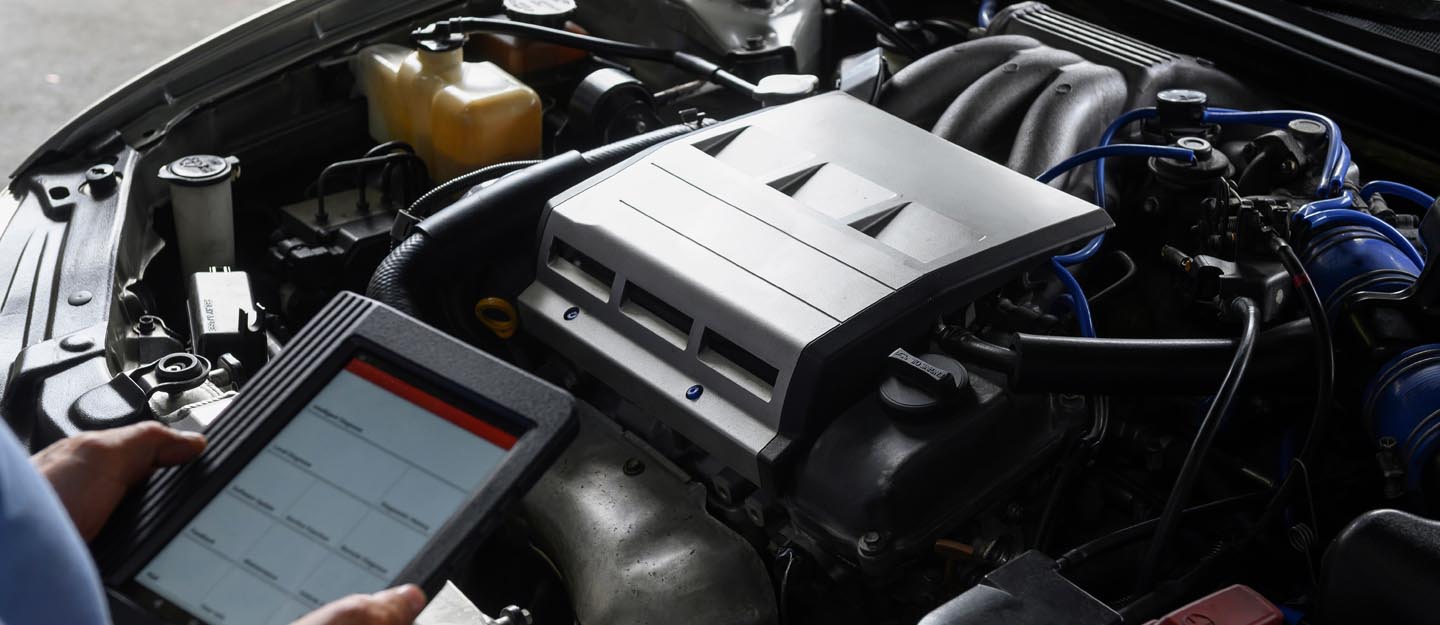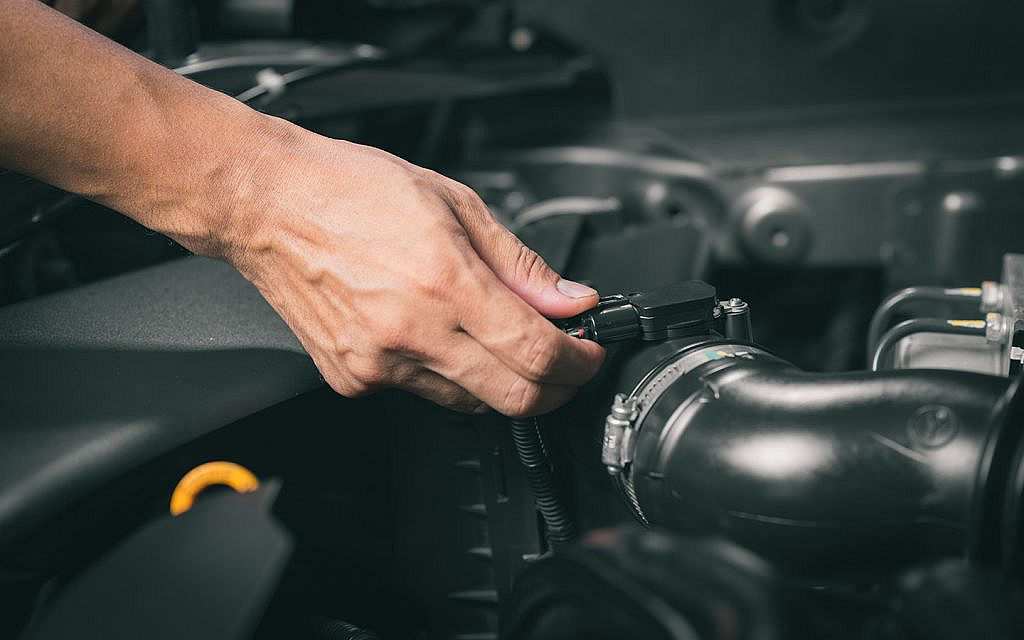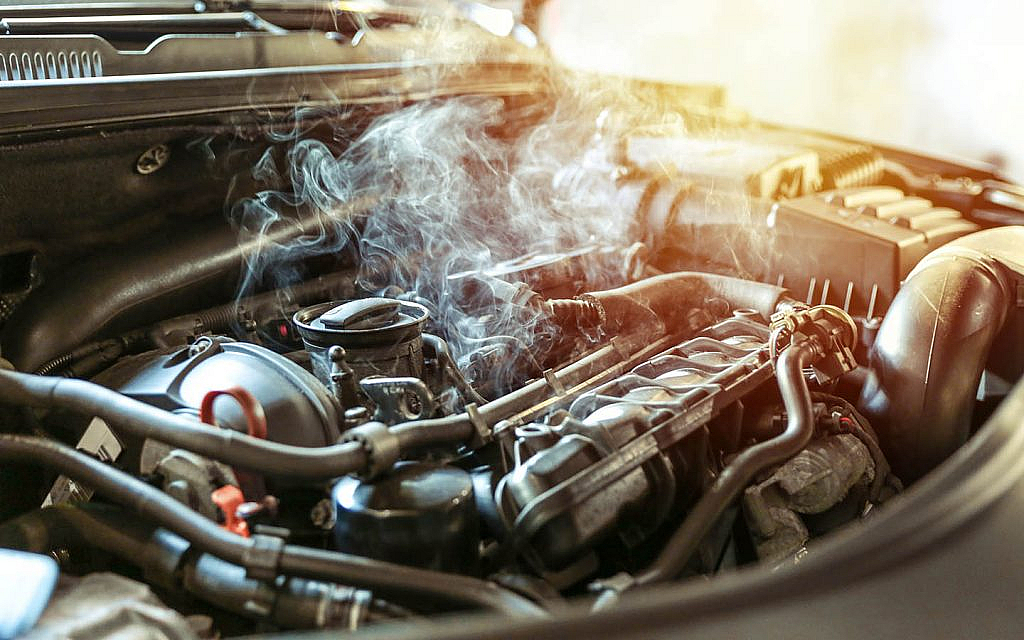
In automotive systems, faults occasionally occur affecting vehicle performance and functionality. A common type of fault is an open loop fault in cars. It occurs when a component or circuit in the car’s system fails, disrupting the flow of information or signals. This leads to instability in the car’s functioning, thus, hindering a safe ride experience.
That said, we will explore the common causes and fixes of open loop fault in cars. It is crucial to identify such issues for optimal performance of the car.
What is An Open Loop (OL) Fault in Cars?

An open loop (OL) fault refers to a situation where a crucial feedback loop in the vehicle’s control system is interrupted or broken. It happens when the ECM is unable to switch to a closed-loop state as the car temperature rises. This occurs due to sensor failures, wiring issues, or malfunctions in the control system components. As a result, the car’s computer system is unable to receive accurate information.
This includes various parameters such as engine performance, exhaust emissions, or sensor readings. Without this feedback, the control system cannot make necessary adjustments or corrections. This ultimately leads to reduced performance, causing bad fuel consumption, or incorrect air-fuel ratio readings.
It is important to detect such issues at the earliest to avoid any further inconvenience. Now that we know what open loop fault (OL) fault in cars is, let’s go through its potential causes.
What Causes an Open Loop Fault in Cars?
Here are the details of what causes an open loop fault in cars. They are as follows.
FAULTY O2 SENSOR
Sensors play a crucial role in providing input data to the control system. If a sensor malfunctions, it disrupts the flow of information in the open loop control system. For instance, a defective oxygen sensor may provide inaccurate readings to the engine control unit, affecting fuel-air mixture calculations.

CONTROL MODULE FAILURE
The control modules in a car’s electronic system generate control signals based on input data. If it fails or experiences a malfunction, it prevents the proper generation of control signals, leading to open loop faults. This happens due to electrical issues, software glitches, or component failures within the module.
WIRING ISSUES
Faulty or damaged wiring leads to open loop fault in cars. Broken wires, loose connections, or short circuits can interrupt the signal transmission between sensors, actuators, and control modules. This results in erroneous or missing data.
ACTUATOR PROBLEMS
Actuators, such as solenoids, motors, or valves, carry out physical actions based on control signals. If an actuator fails or gets stuck in a specific position, it disrupts the operation of the system. For instance, when a fuel injector malfunctions, an incorrect amount of fuel is injected into the engine, affecting its performance.
FAULTY MAF OR ECT SENSOR

A damaged mass air flow sensor or engine coolant temperature sensor can cause an open loop fault in cars. The MAF sensor measures the amount of air entering the engine, while the ECT sensor monitors the engine coolant temperature.
If these sensors fail or provide inaccurate readings, the engine control system defaults to open loop operation. The system relies then on preset values instead of adjusting based on real-time feedback. This leads to misfiring in car engines, reduced fuel efficiency and trigger fault codes.
INCORRECT VOLTAGE LEVELS OR GROUNDING
When the voltage levels are unstable, it impacts the current flow within the circuit. As a result, an open loop is created. Moreover, poor grounding in the circuit leads to improper current paths, affecting its distribution in the system.
Fixes of an Open Loop Fault in Cars
Here’s how to fix an open loop fault in cars through these practical solutions.
DIAGNOSTIC SCAN

Perform a car diagnostic test using an automotive diagnostic tool to retrieve error codes and identify the specific component or subsystem causing the problem. These error codes provide valuable information about the nature of the fault.
Doing so also provides real-time data and sensor readings from the car computer system. By analysing this data, technicians can compare the expected values to the actual readings and identify any discrepancies. This analysis helps pinpoint the root cause of the open loop fault in cars.
REPLACING THE SENSORS
If a type of car sensor is identified as the cause of the open loop fault, test the sensor using the appropriate diagnostic procedures. If it fails the test or provides inaccurate readings, replace the sensor with a new one. Ensure that the replacement sensor is compatible with the vehicle’s make and model.
ACTUATOR INSPECTION AND REPAIR
If an actuator is causing the open loop fault in cars, inspect it for any mechanical issues, such as stuck mechanisms or broken parts. Repair or replace the faulty actuator as needed. Ensure that the replacement actuator is correctly installed and calibrated.
Apart from the above-mentioned solutions, it is necessary to take the car to a professional mechanic. They will provide timely assistance on how to fix an open loop fault in cars. Moreover, one can also avail of dubizzle car inspection services for professional assistance and advice.
WIRING AND CONNECTIONS INSPECTION

Check the wiring harnesses, connectors, and terminals associated with the affected component or subsystem. Look for signs of damage, loose connections, or corrosion. Repair or replace any faulty wiring or connectors to restore proper signal transmission.
This wraps the causes and fixes of open loop fault in cars. Such an issue impacts the functionality of a car and impacts the ride comfort. If you are facing such issues and want to opt for a new ride, go through these used cars for sale in the UAE.
Stay connected to dubbizle’s autos blog for more on different car problems and how to fix them.